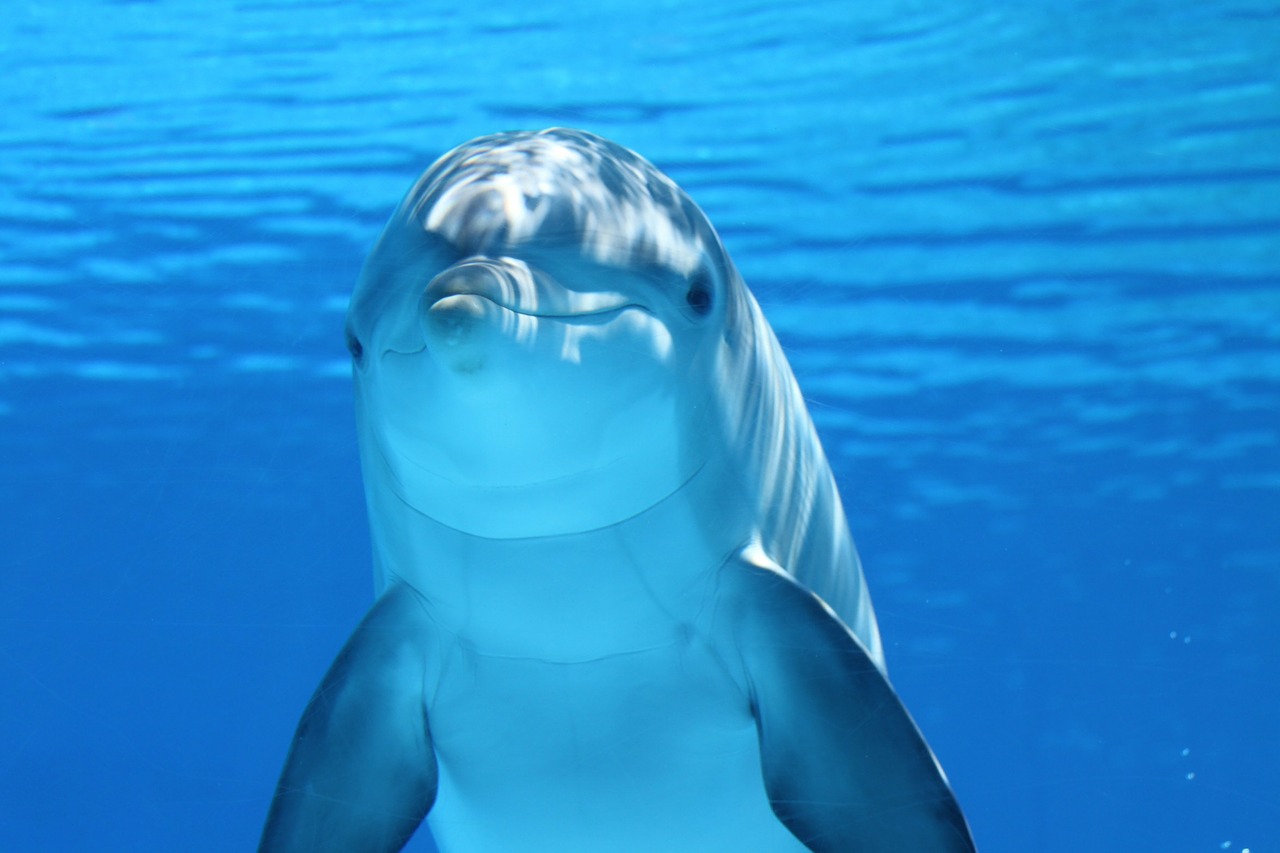By now, nearly everyone is aware that our planet is experiencing the impact of humans on the environment. No where on earth remains untouched by our influence, for better or for worse. Development and infrastructure, emissions and pollution, and even farming and consumption have an effect wherever they occur. However, our ability to collaborate and communicate in far reaching ways as a result of this progress can also be a solution to animal conservation efforts the world over.
For over 50 years, SeaWorld has led efforts both home and abroad to raise awareness and support the rescue, rehabilitation, and release of marine life. The conversation has become necessarily more active in recent years as issues like climate change, fisheries, development, and water traffic threaten species of all sizes and locations.
Conservation Risk Factors on a Global Scale
By putting the focus on conservation, countries and communities can work together to reduce threats to wildlife lifespans and proliferation. Put simply: we have an opportunity to help animals thrive in their natural habitats through awareness and behavioural modification as humans.
The cry for change is a global one, with governments like those in the United Kingdom rising to establish marine conservation activities, write and update bylaws, and designate protected species. An important component is also consumer and commercial education, so that people who come into contact with animals or a habitat in need know who to alert for assistance. In this, and much more, SeaWorld continues to be a partner for conservation.
SeaWorld is no stranger to how various risk factors impact marine life. Many animals are in danger due to increased boating traffic, getting caught up in propellers or churn. Other marine animals are seeing their environment shift as global warming brings warmer temperatures to colder areas both above and below the ocean’s surface. The fishing industry often injures or kills marine life inadvertently caught as bycatch in fishing lines and nets. Add to the equation increased trash in the waters and people encroaching on natural habitats on land, and it’s no wonder SeaWorld receives so many calls for assistance.
International Cooperation for Marine Life Conservation
The conservation conversation is picking up momentum throughout Europe. While covering a broad range of ecosystems, climates, and marine life, certain standards can be used to reduce many of the risk factors at hand. The European Union continues to evolve standards and enforcement of directives geared toward reducing contaminants and helping ecosystems recover.
The OSPAR Convention is another group made up of 15 member countries in north-east Atlantic Europe, including the United Kingdom, focused on protecting marine environments. These efforts are helpful as nations work together to prevent damage to at-risk maritime life from on-land and offshore factors.
Conservation is all about preserving life and resources so that animals can continue to thrive. To this end, SeaWorld has dedicated itself to a number of animal conservation programmes in four key areas: rescue, research, direct action, and education. While prevention and mitigation from groups like OSPAR are important, having teams available to respond to problems and improve outcomes is an imperative as efforts are underway to roll back existing damage to marine habitats and animals.
SeaWorld to the Rescue: Conservation in Action
SeaWorld has helped rescue over 39,000 animals worldwide. The organisation is known for its 24/7 rescue response teams as well as ongoing programmes to support conservation around the world. Existing legislation under the Marine Mammal Protection Act also addresses the import of animals in need of care beyond borders, as was the case in a reported dolphin rescue and release.
Taking a closer look at SeaWorld’s work with manatee rescue paints a picture of far-reaching results. Manatees are subjected to increasing threat of injury from boat strikes and entanglement in fishing gear that can be life threatening. Changing water temperatures and destruction of natural habitats also drive manatees into unfamiliar and unsuitable waters where they can suffer from stress, cold, disease, and limited food access.
From orphaned calves to full-grown adults, the SeaWorld Rescue Team is called on to provide critical care services to manatees. Having rescued 69 manatees in 2018 alone, the SeaWorld Rescue Team was able to rehabilitate, relocate, and release many of the graceful animals after providing proper care. SeaWorld’s 500th manatee rescue was also a milestone release, completed in cooperation with the Florida Fish and Wildlife Conservation Commission.
The SeaWorld Conservation Fund has also supported more than 1,200 animal conservation projects on all seven continents. Funding has helped efforts in habitat protection, species research, rescue, and rehabilitation. The SeaWorld Rescue Team remained on call and operational even as parks and economies shut down due to the global pandemic in 2020.
From restoring coral reefs to preventing coastal erosion and pollution, SeaWorld partners to assist, educate, and expand its impact by enabling others’ passion about conservation to make a difference, no matter where or when the need arises. Learn more about SeaWorld’s commitment to the rescue, rehabilitation, and return of marine animals spanning more than 50 years.



 Bitcoin
Bitcoin  Ethereum
Ethereum  Tether
Tether  XRP
XRP  Solana
Solana  USDC
USDC  TRON
TRON  Lido Staked Ether
Lido Staked Ether  Cardano
Cardano  Avalanche
Avalanche  Toncoin
Toncoin